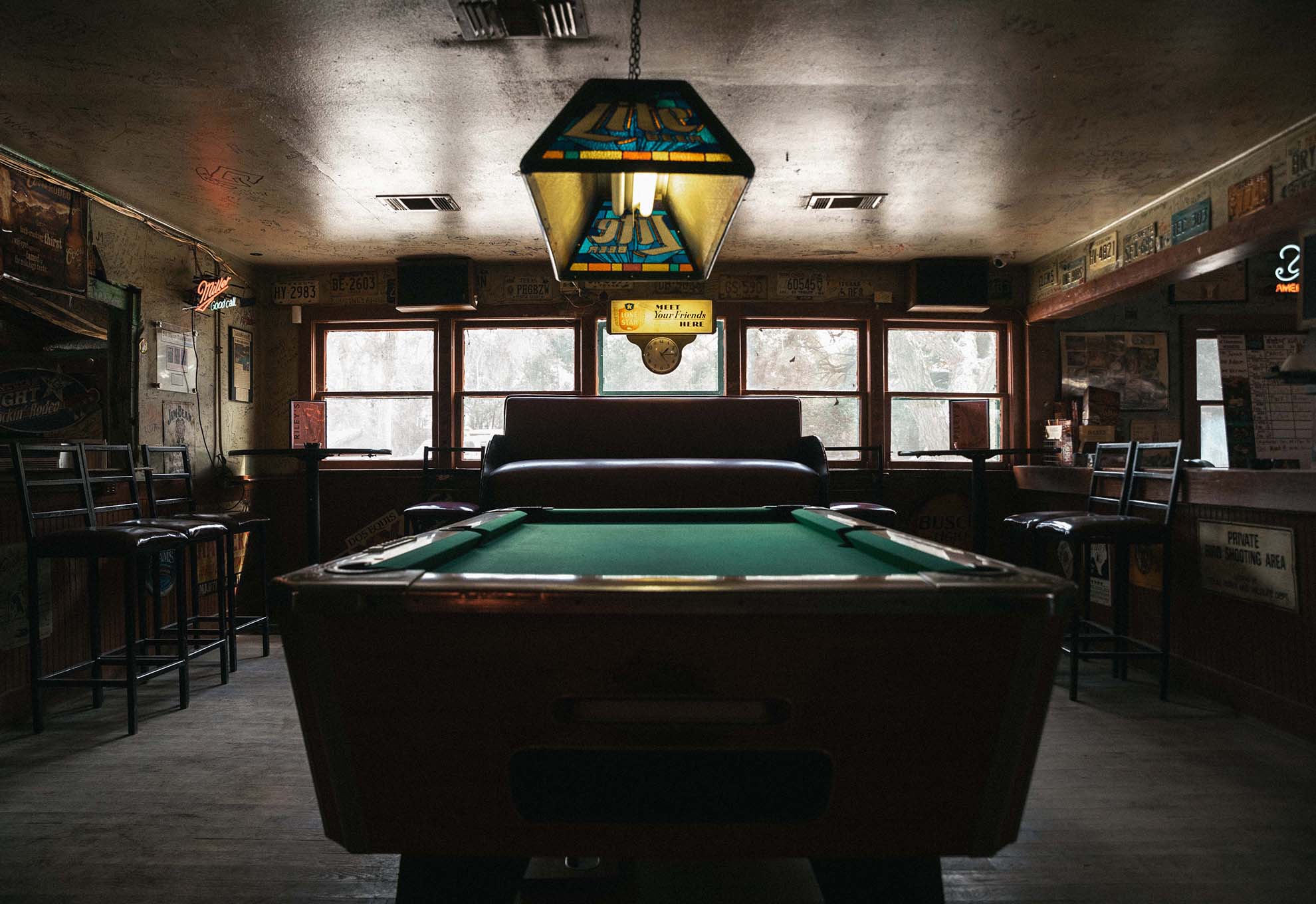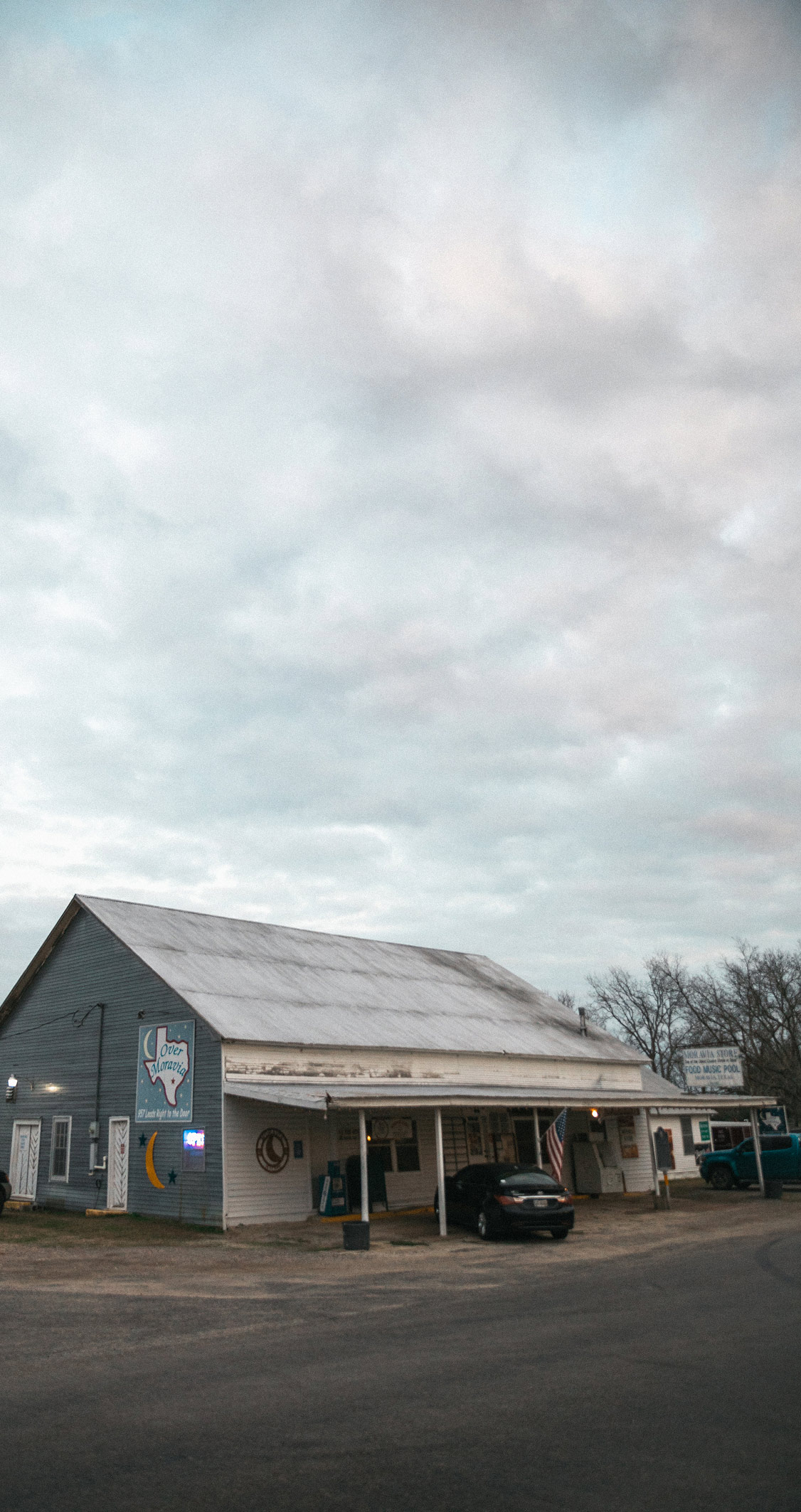
I firmly believe in travel that’s tethered to something. Instead of packing your bags and filling your schedule with a tourist’s checklist of roadside attractions, why not see a place through the eyes of the people who live there? This can be done in a lot of different ways. Some folks choose golf or fishing, while others choose art museums or high-end restaurants.
Based on the title of this article, you’ve probably guessed that I love to travel via dive bars, and Texas is one of the best states to do so. Why is that? Thousands of German and Czech immigrants settled in Central and South Texas more than 100 years ago and, to no one’s surprise, they enjoyed their beer and needed establishments to provide the bar upon which a cold one could sit. Voila, Texas dives are born.

Just drive through a town like Flatonia or Moravia and you’ll see that the local watering hole is the bedrock for many communities in the area.

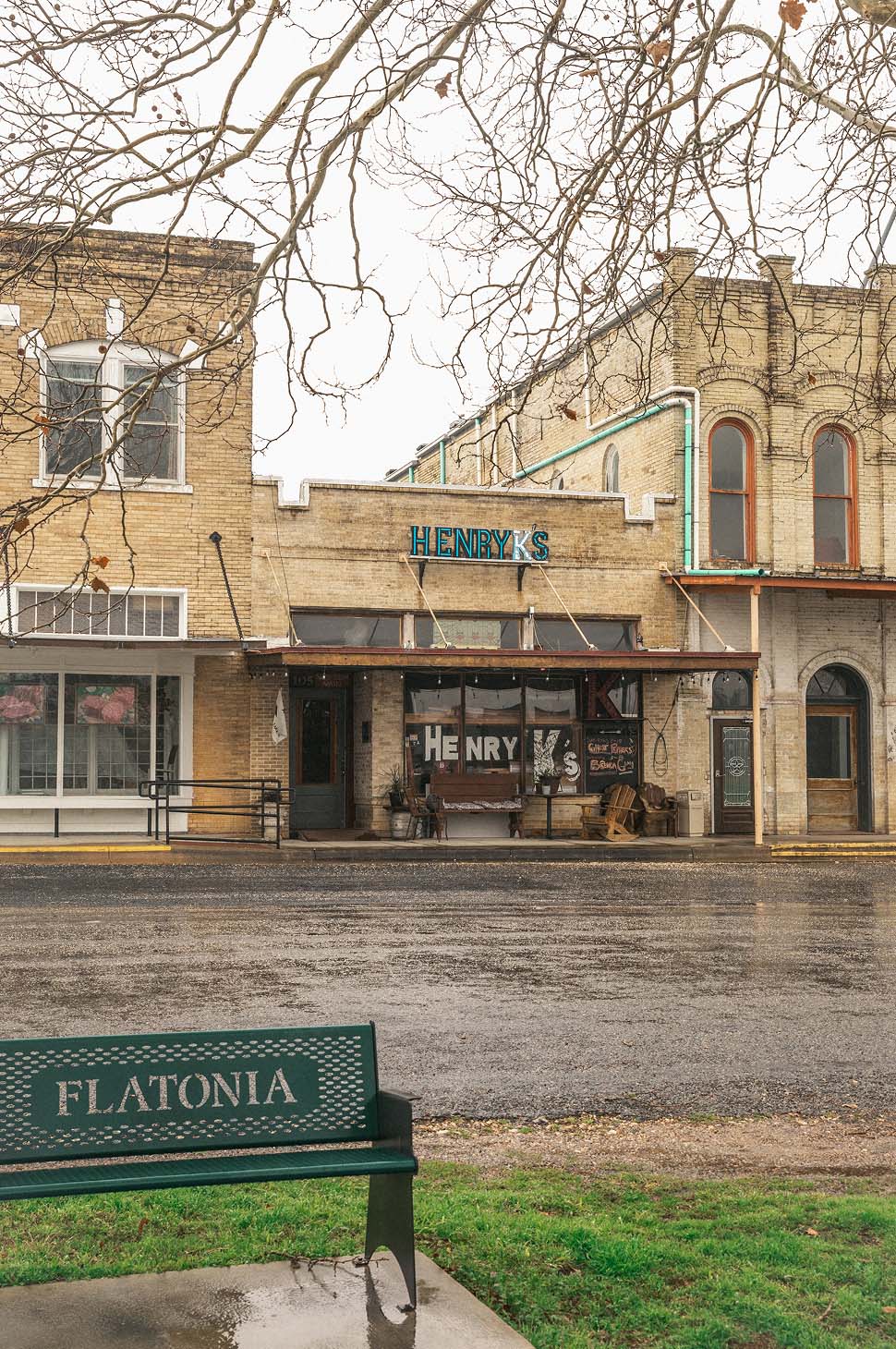
Henry K's sits along side the historic railroad station in Flatonia.
Ultimately, these joints were more than a bar. Just drive around Central Texas and you’ll see that many of these one-stop-light towns (or zero-stop-light, for that matter) were built around two places—a church and a bar—with each serving many of the same purposes in wildly different forms. Their patrons overlapped quite a bit, too. Just drive through a town like Flatonia or Moravia and you’ll see that the local watering hole is the bedrock for many communities in the area. And that’s why the dive bar is the perfect way to tour the state of Texas.
Before we dive in, I’d like to attempt to define it. There’s no set criteria that makes a dive bar a dive bar—it’s one of those places where you know it when you see it—but here are a few clues:
- If it’s named after the town or the person who owns it, it’s probably a dive bar.
- If they accept cash and only cash, it’s probably a dive bar.
- If the regulars hold up the business as much as the rafters, it’s probably a dive bar.
- If those same regulars ignore indoor smoking regulations, it’s probably a dive bar.
- If the neon hasn’t been dusted since the Reagan administration, it’s probably a dive bar.
- If they look at you funny when you order a craft IPA or negroni, it’s probably a dive bar.
The list could go on and on, but you get the idea. Ultimately, if it’s old and local and decidedly untrendy, you’re probably on the right track.
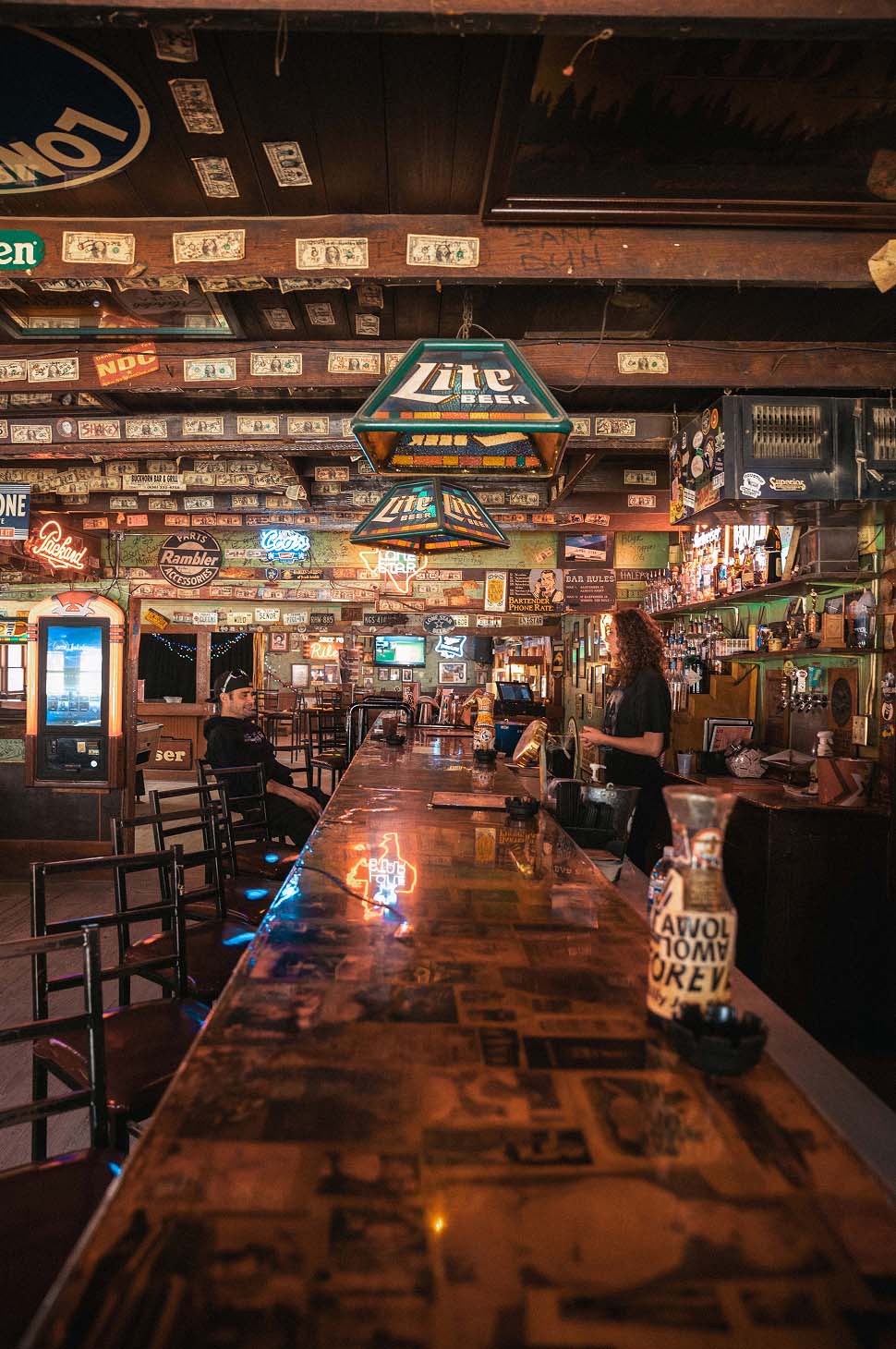

Ultimately, if it’s old and local and decidedly untrendy, you’re probably on the right track.

Now that the definition is muddy as hell, let’s hit the road. I’ve compiled a list of my favorite joints across Central Texas but, as you’ll soon learn, there are far too many for me to cover here. I highly recommend following this list, but I also recommend going off the beaten path and picking your own roadside watering holes—that’s half the fun. In the meantime, maybe these 10 stops will be enough to wet your whistle before you can make your own list.
I’ve built out this particular list in a horseshoe-esque shape, starting on the northwest side, moving south then east then back north again. Depending on where you’re venturing from, pivot your starting location to your liking. There’s no wrong way to do this.
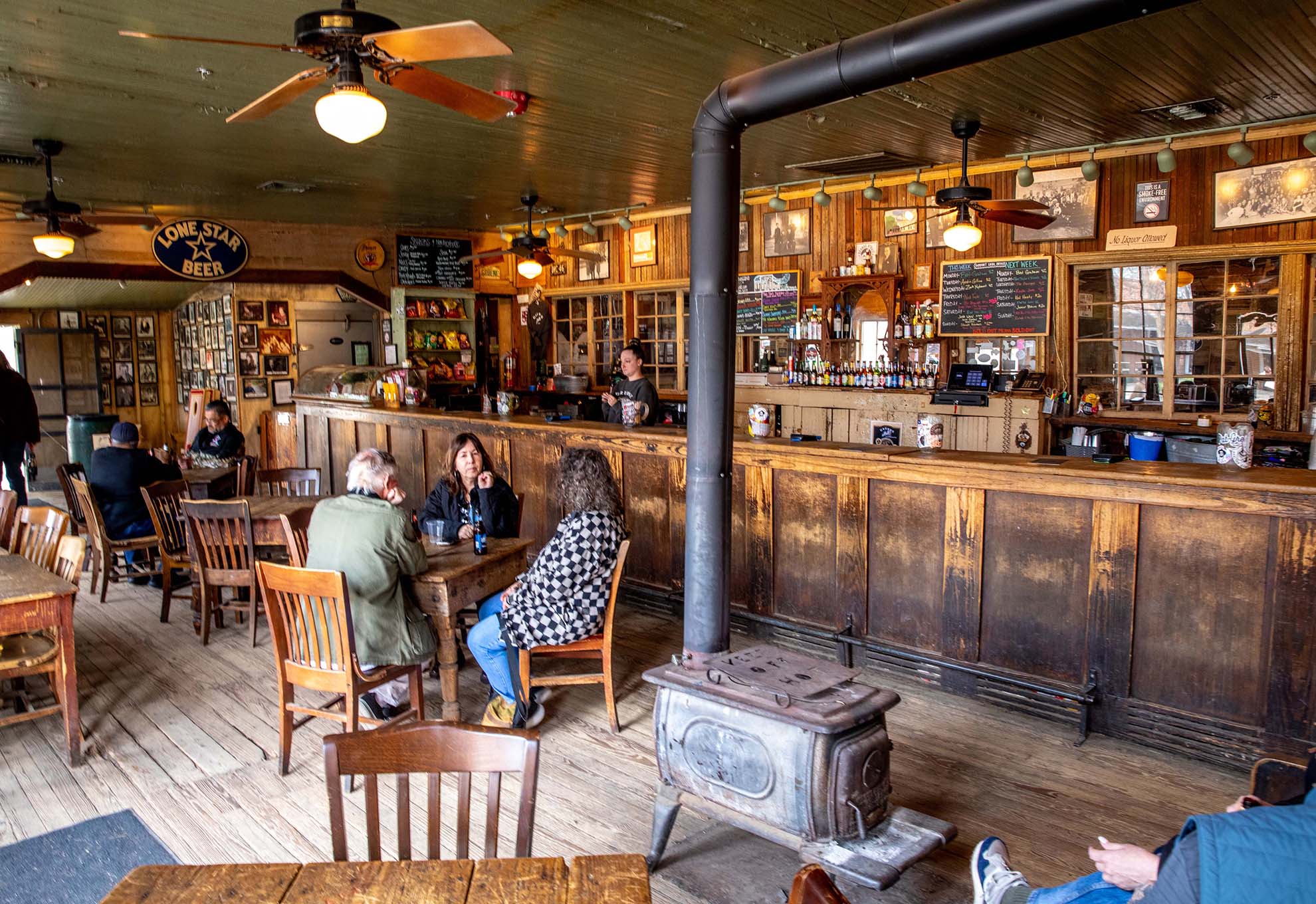
More than a few famous personalities have enjoyed a cold one in Gruene Hall—Jerry Jeff Walker, Lyle Lovett, and Townes Van Zandt, to name a few.
To start phase one of our thirsty tour of Texas, we’re getting a little historical. It may sound cliché, but you can’t do a dive-bar tour without running through legendary Luckenbach, Texas, which is more of a venue than a town. I don’t need to explain why this place is important—Willie and the boys can do that—but this is a great place to start your journey. On your way out, head a little east and swing by Albert Ice House, a classic indoor/outdoor spot for live music and two-stepping the night away.
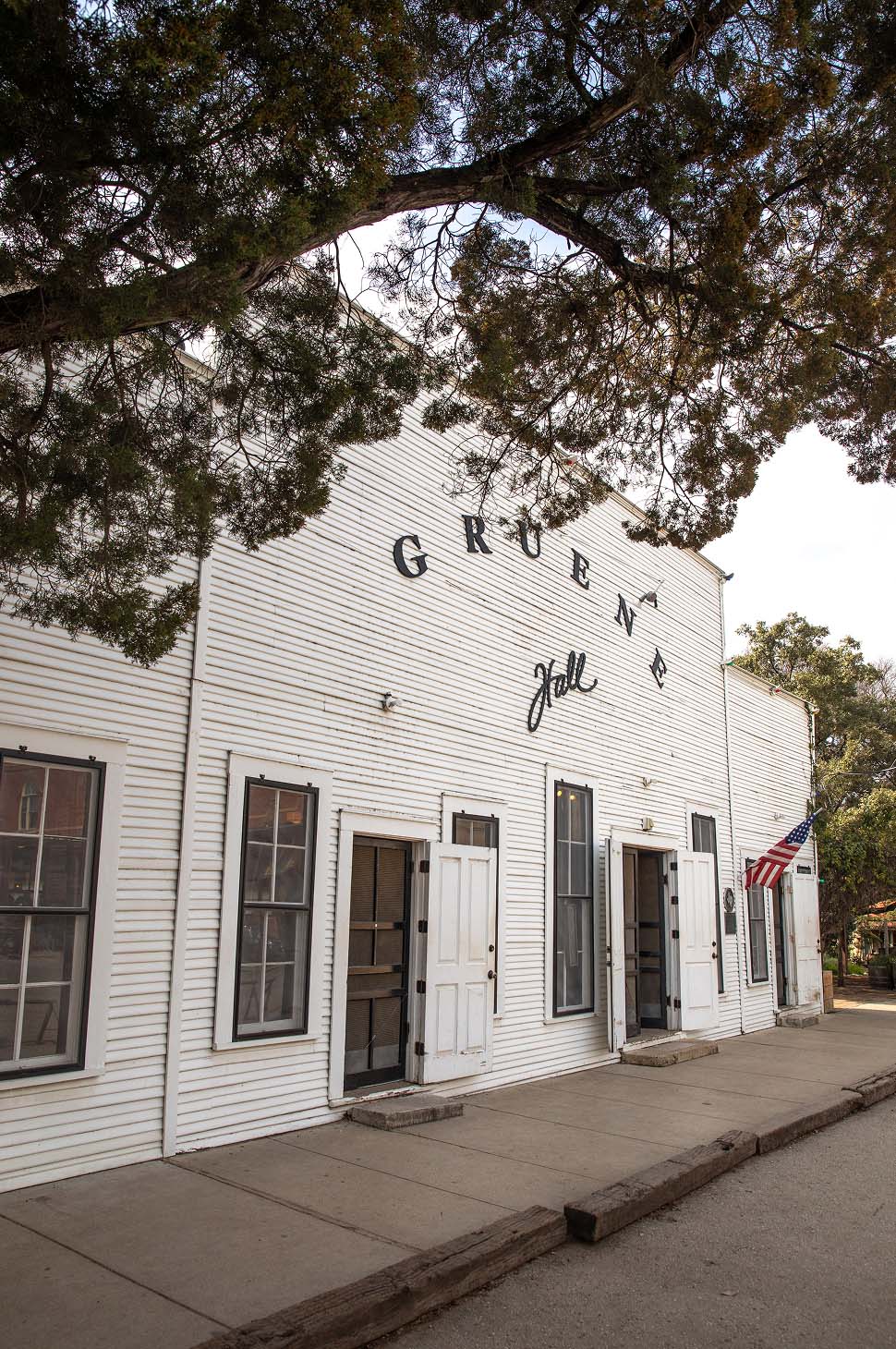
The beauty of historic dives—their character is earned over decades. There's no shortcut.

In phase two, we’re headed east and south, starting with Zelick’s Ice House, a perfectly imperfect dive situated in an old gas station, giving a glimpse into what a depression-era icehouse felt like. Speaking of the depression-era, be sure to run by the unassuming-yet-unforgettable Riley’s Tavern, which happens to be the first bar in Texas to get its license after prohibition was repealed in the 1930s (that allows them to claim “the oldest bar in Texas,” which is only believable if you squint pretty hard). Lastly, we’ll cap off this section with another touristy stop at Gruene Hall. Yes, it’ll probably be crowded. Yes, it’s a bit of a tourist trap. But, everyone’s got to see the oldest dancehall in Texas once, and it still oozes the same character it did when it was built in 1878.

These quaint little stops are in no way touristy or manicured for the masses—they’re the real deal.

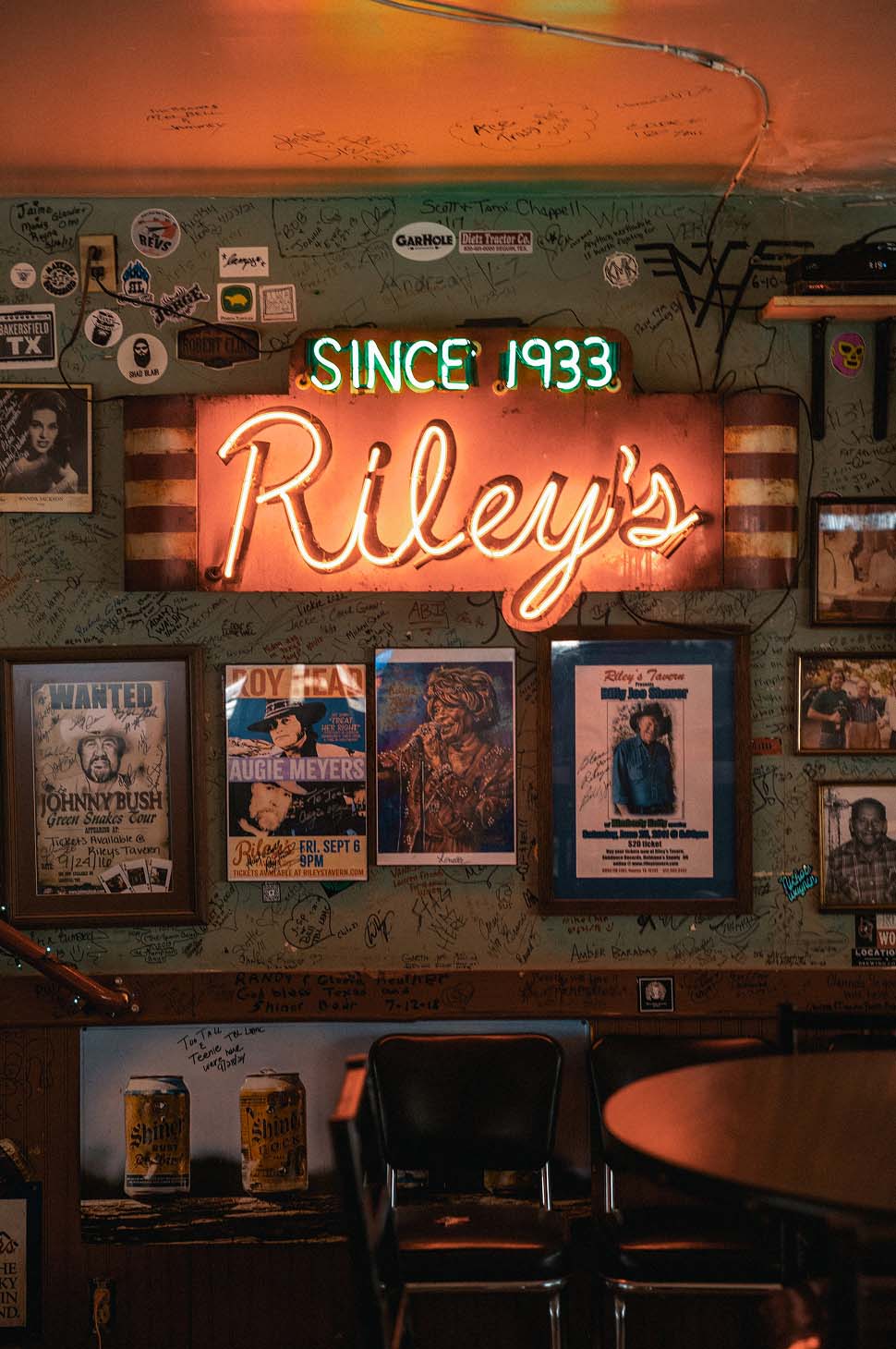
Now’s the time to stop and hydrate because you’ve made it halfway through our tour. Pat yourself on the back and prepare yourself because we’ve got lots of cheap beer to drink. In the back half, we’re not messing around. These quaint little stops are in no way touristy or manicured for the masses—they’re the real deal. Head southeast to make a pit stop at one of my favorite watering holes. One of the “newer” stops on our list, The Ponderosa Bar may lack size and looks, but it makes up for it with small-town hospitality and all of the colorful conversation you can handle. From there, swing by the thriving metropolis of Moravia (population: 165 on a good day) to pay a visit to the town’s only business: the Moravia Store. This spot has been sliding beers down the bar since the 1880s and hasn’t changed much since then, save for adding electricity for the neon signs. Say howdy to the owner, Henrietta, before embarking on the last leg of our journey.
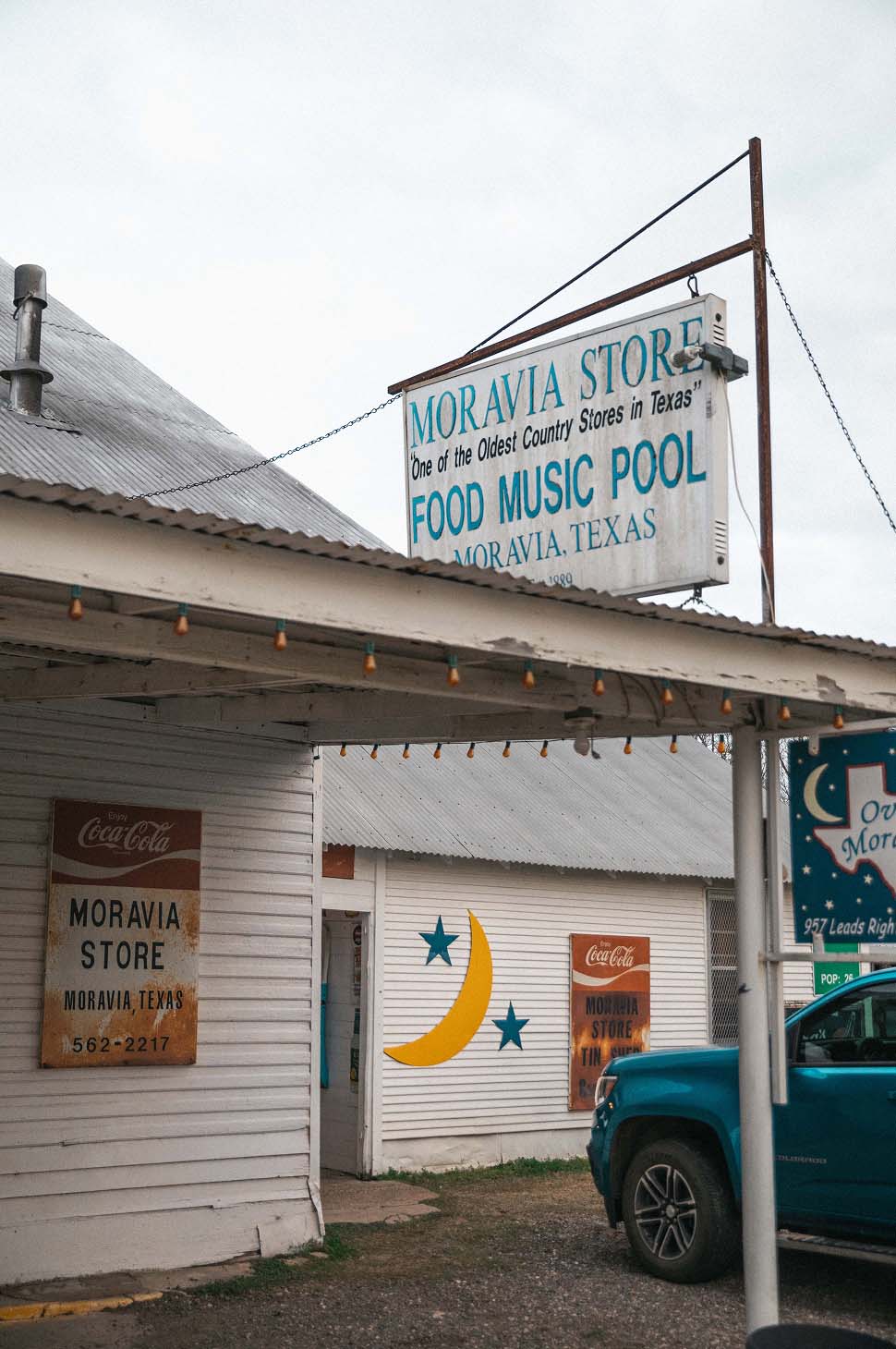
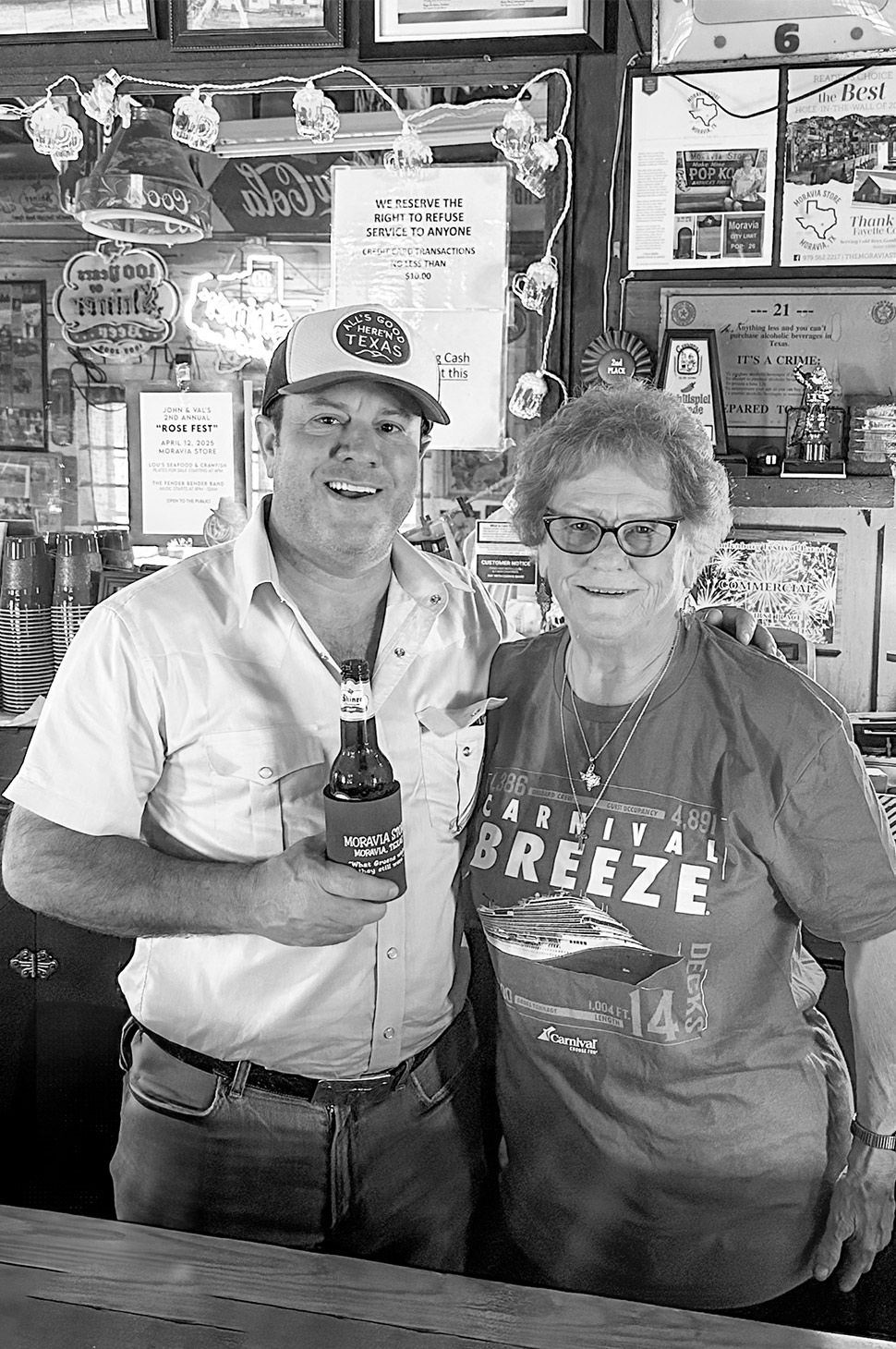
This spot has been sliding beers down the bar since the 1880s and hasn’t changed much since then, save for adding electricity for the neon signs. Say howdy to the owner, Henrietta, before embarking on the last leg of our journey.
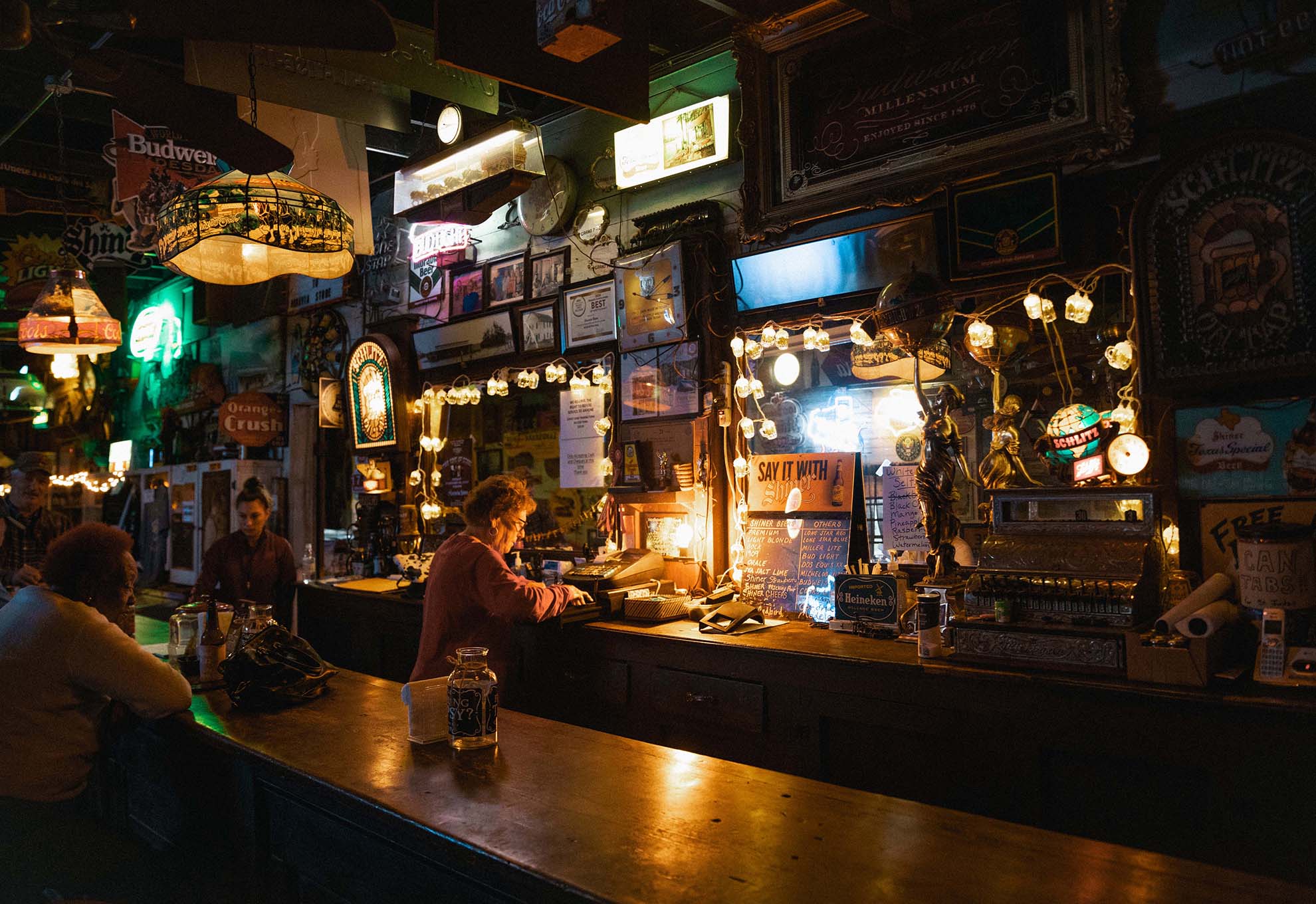
Henrietta and her family have been running the Moravia Store the same way it was run more than 140 years ago.
The last three bars on my list are the epitome of local charm. They’re not in history books. There aren’t any tour buses stopping there. They simply represent the heart of a community that’s been beating continually with light beer since anyone can remember. From our last stop in Moravia, head back to the northwest by way of Moulton. This town is home to the Ole Moulton Bank, a bar residing in an old bank, but you probably could’ve guessed that. You could also head to Pavla’s Tavern as a bonus stop, just a short walk down the road. Head north from there and you’ll find yourself in Flatonia, a lovely little railroad town that’s home to Henry K’s, a newer spot in a very old building that’s nestled alongside an old theater and the historic railroad depot. On your way north, swing by the Cistern Country Store, which doubles as a bar and five-and-dime for this “blink and you’ll miss it” community.
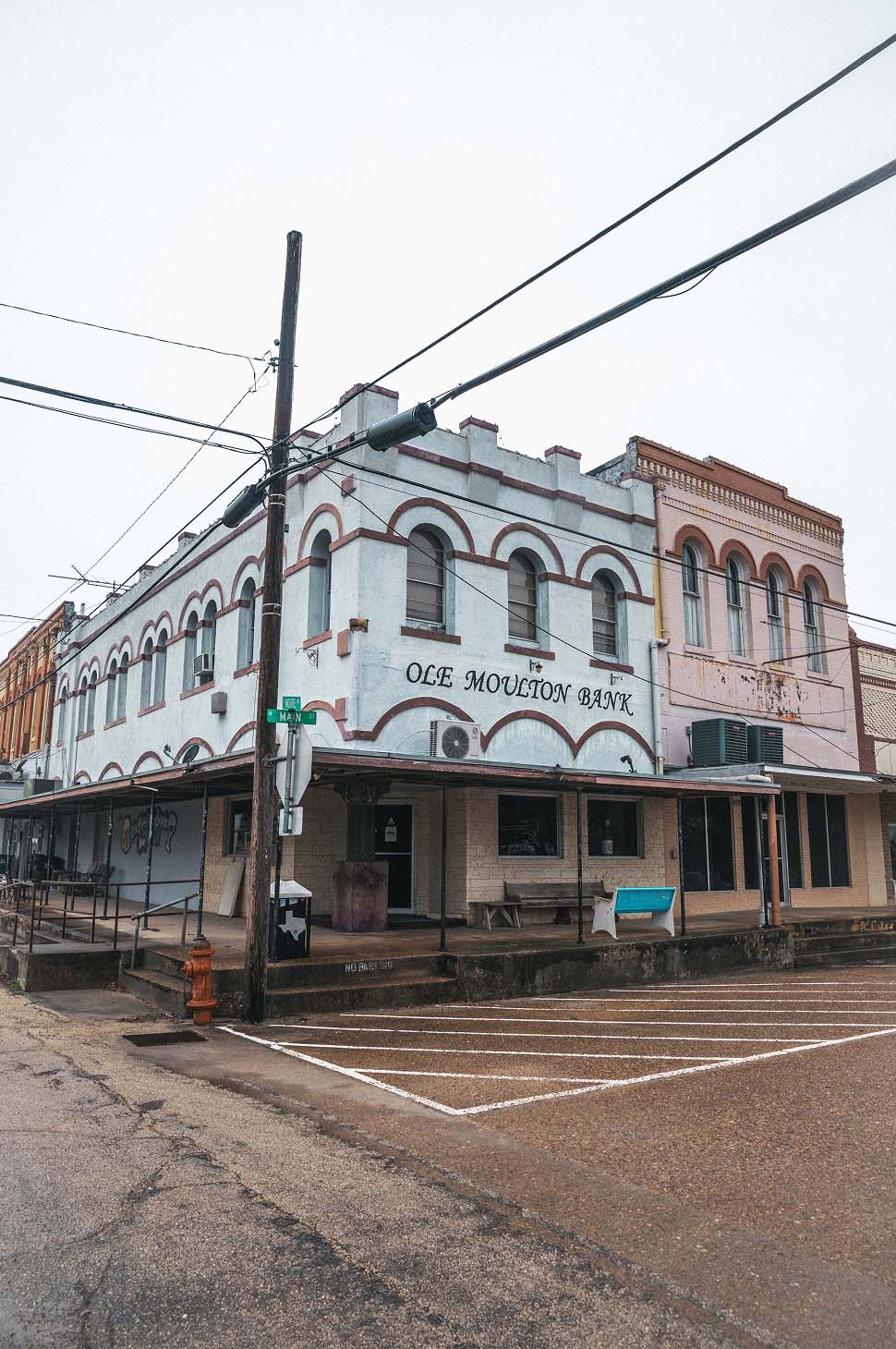
The Ole Moulton Bank and the Cistern Country Store are both pillars in their tiny communities.
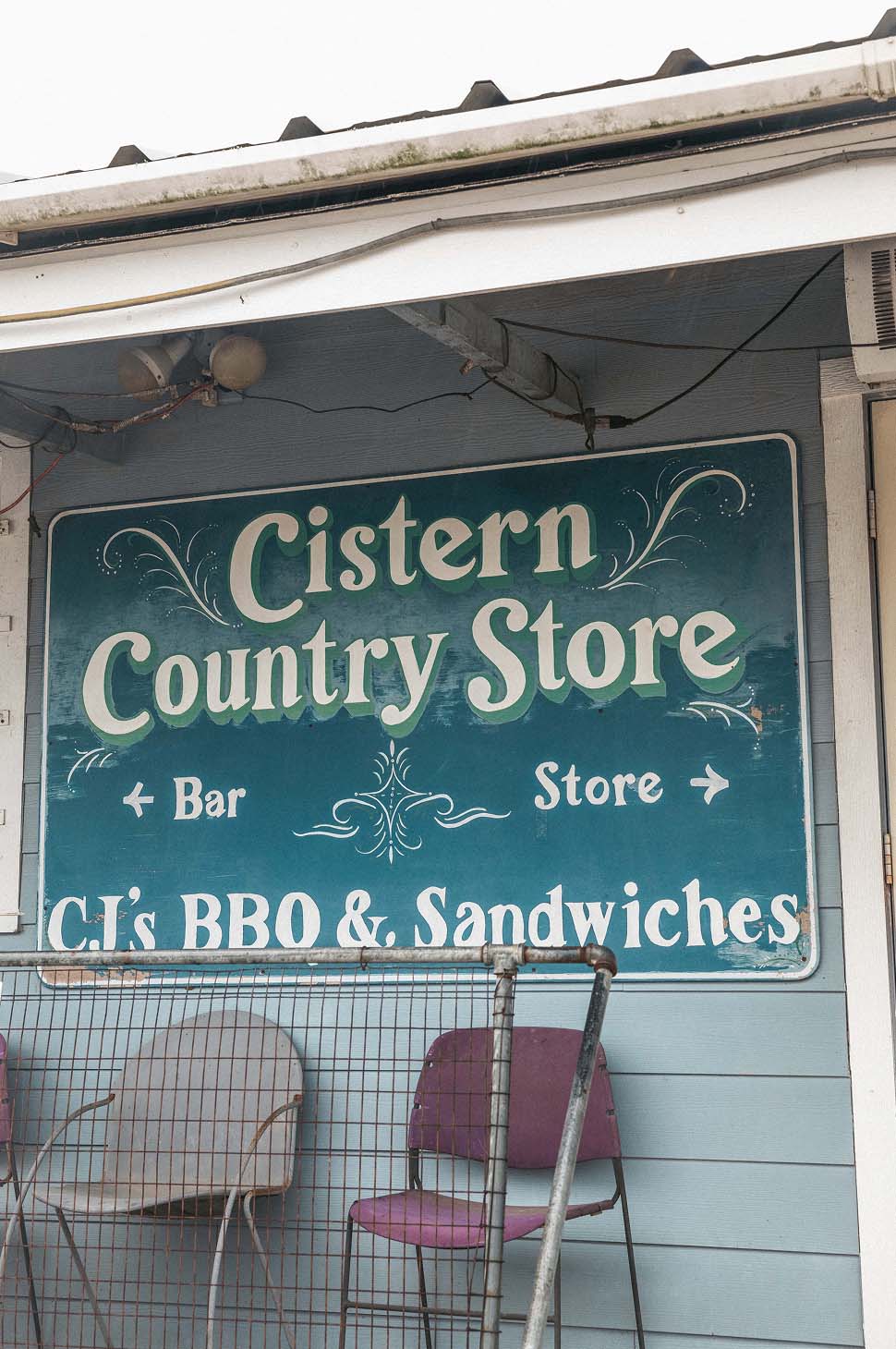
This was a particularly hard list for me to whittle down. I literally have 156 potential spots marked on my phone, and the other 146 spots I didn’t mention here would be great stops too. The good news is that you have plenty of exploring to do. My advice is to use this list as a starting point. That’s exactly what we did for my latest concept coming to San Antonio: Otto’s Ice House. Coming later this year, it’s inspired by the same places I highlighted on this list, sometimes indirectly, sometimes directly. There’ll be more information to come, so stay tuned as we bring a new take on a very old concept to The Pearl district. In the meantime, go hit the road and do some research of your own. Bring cash.
Photography by Steve Schwartz
